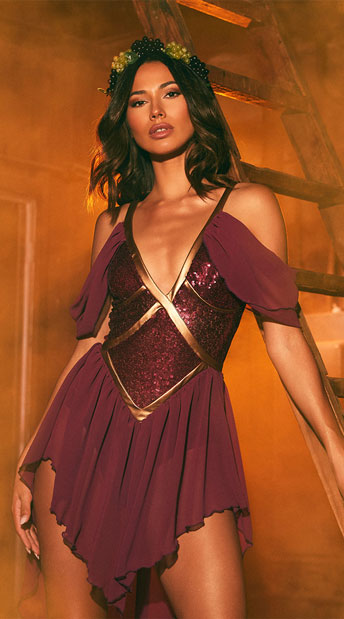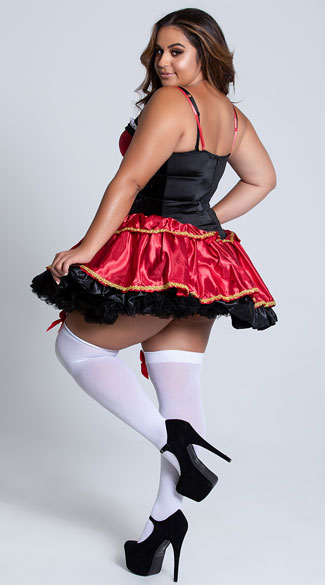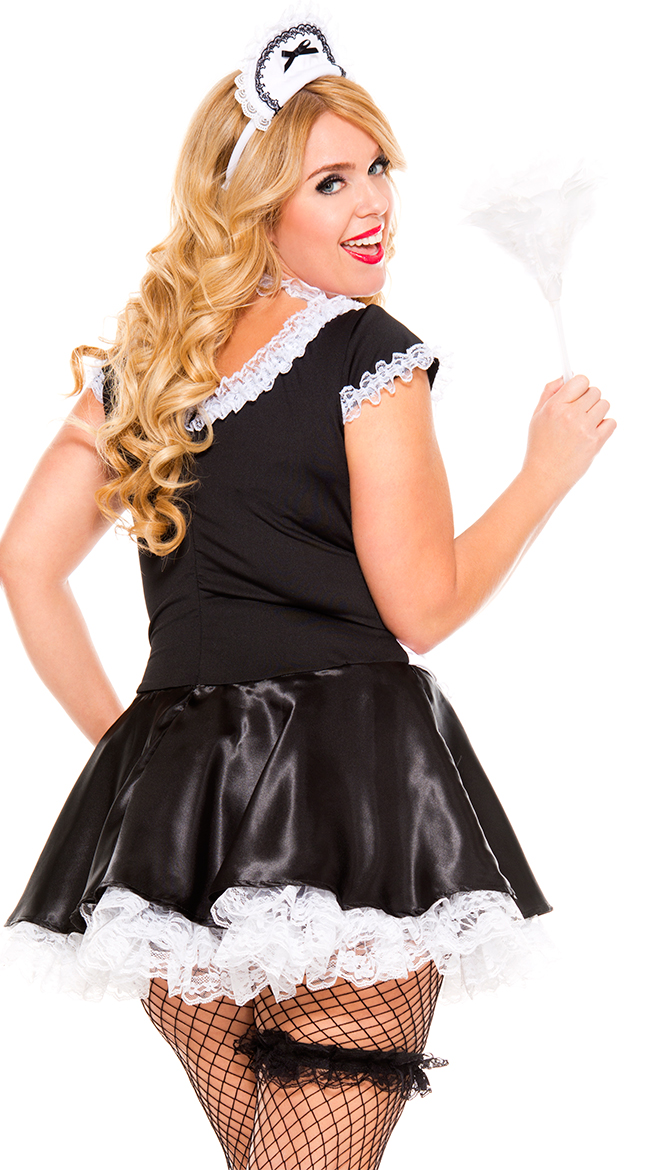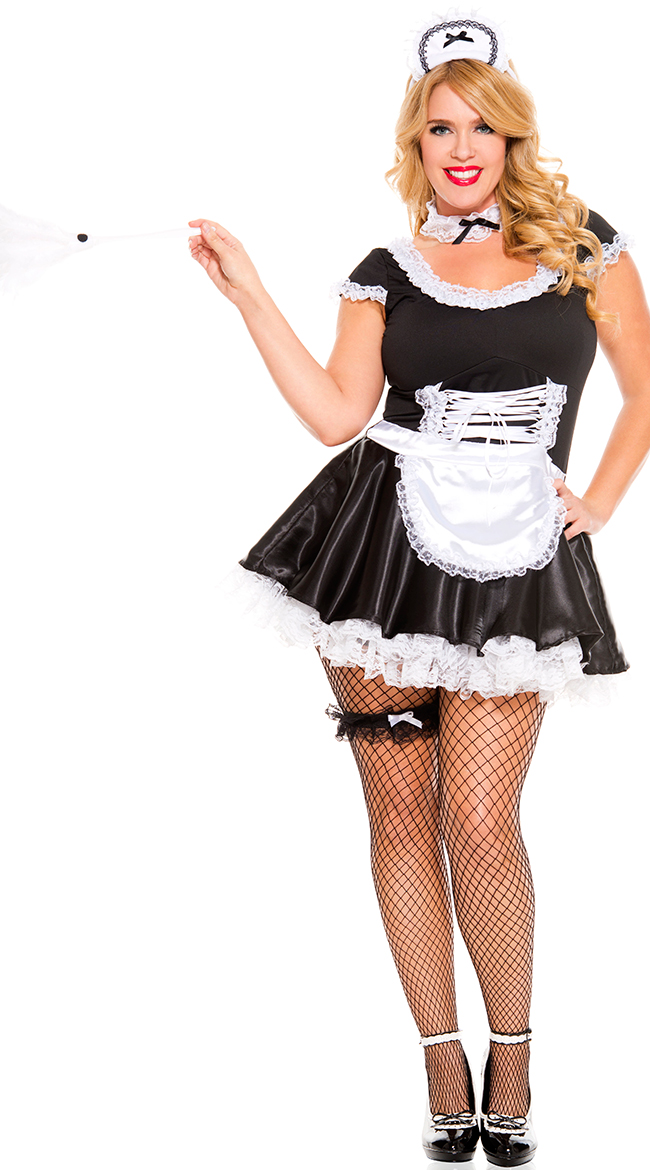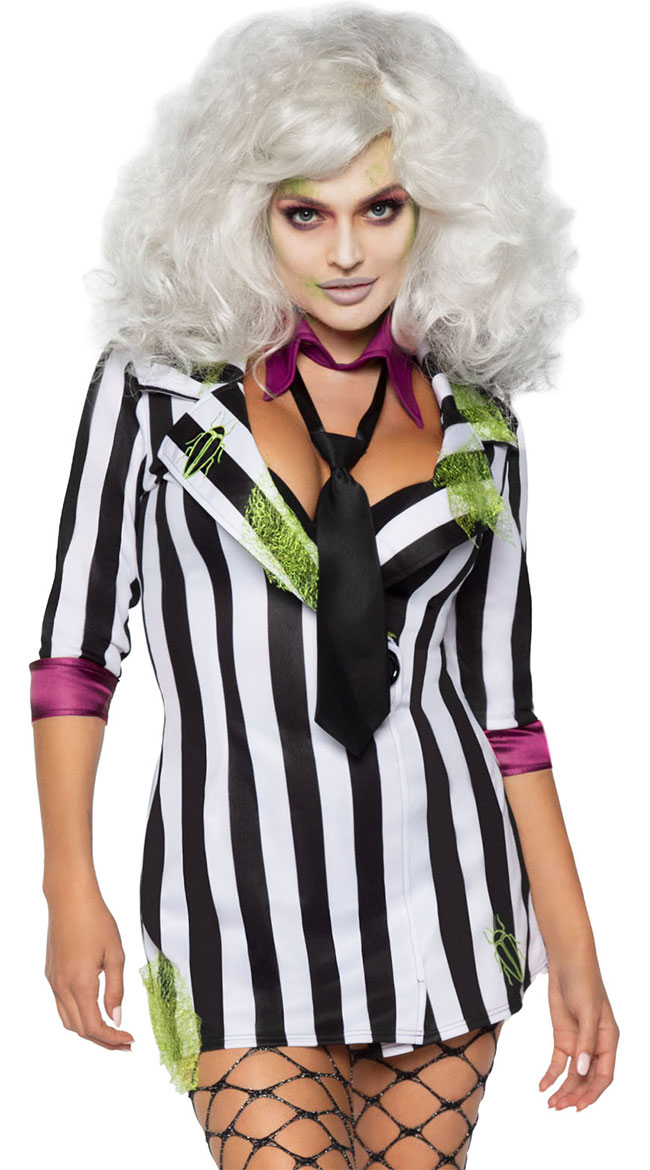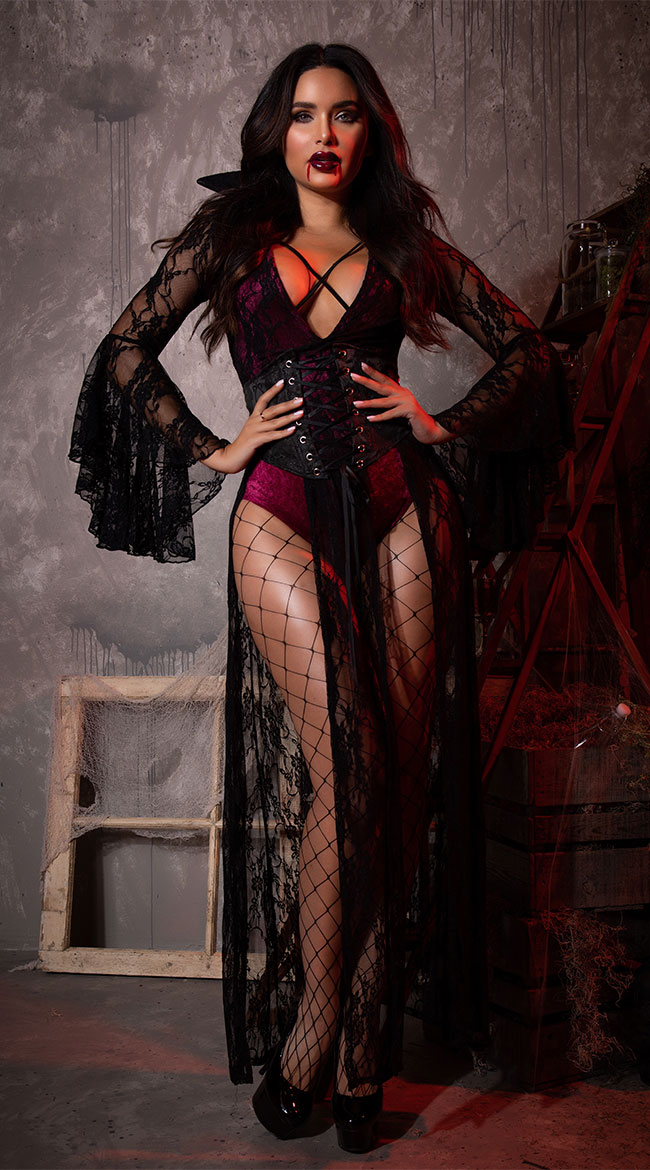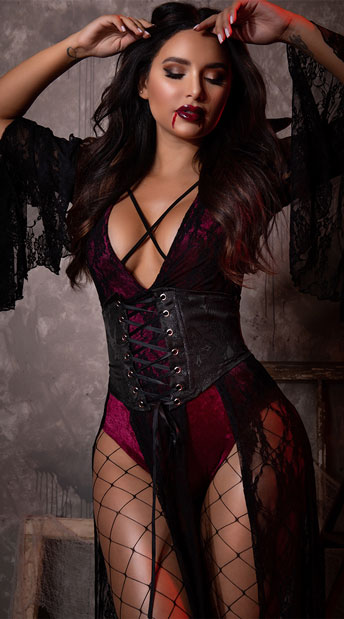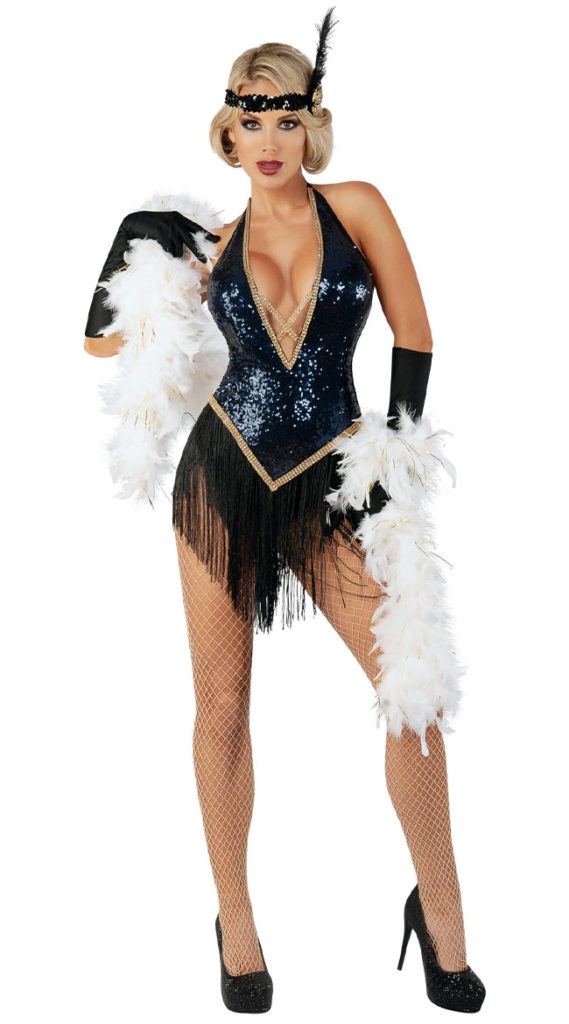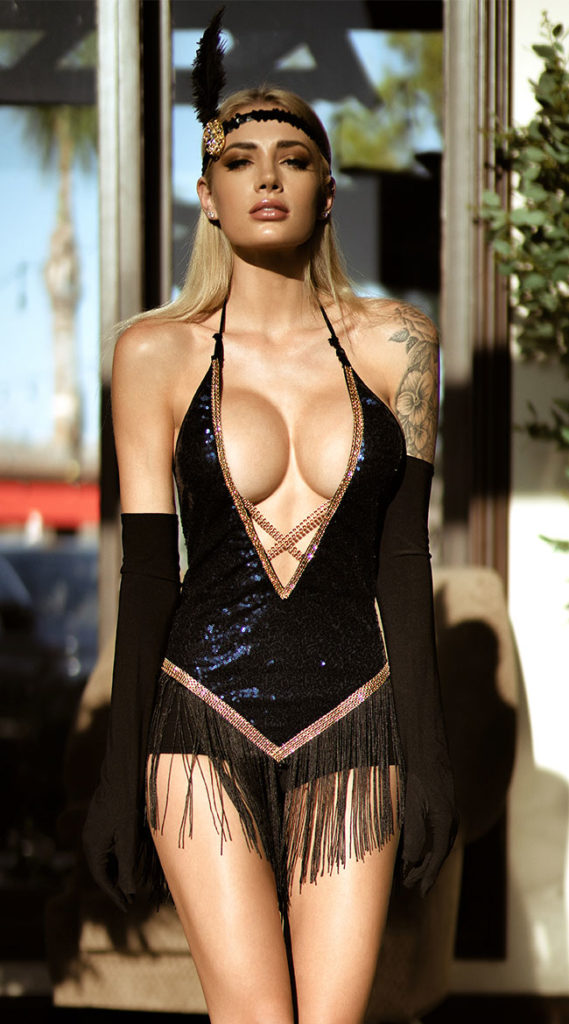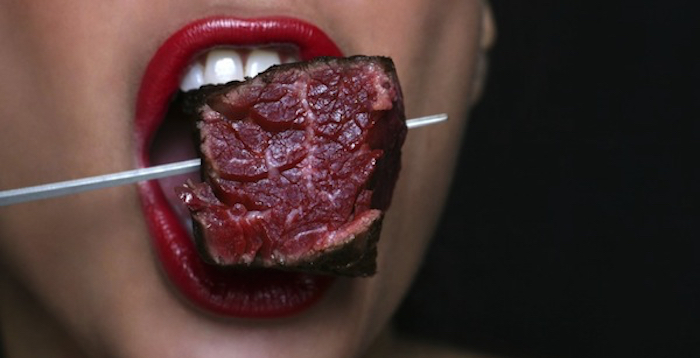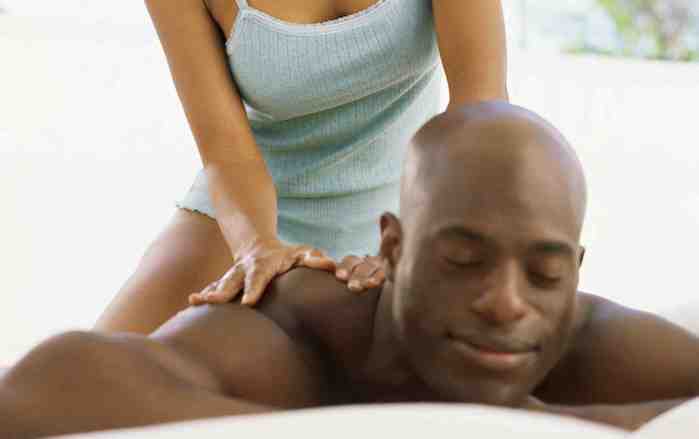Happy New Year 2021!
 As with any new year, we often make resolutions to create new practices and healthy habits to follow for the coming year. This year, why not make your love life with your significant other a priority by adding some of my quickie tips as a part of your new year’s sexual wellness practices!
As with any new year, we often make resolutions to create new practices and healthy habits to follow for the coming year. This year, why not make your love life with your significant other a priority by adding some of my quickie tips as a part of your new year’s sexual wellness practices!
1. Share Your Desires With Your Lover
Do you know how to share your favorite sexual activities with your partner?
TO DO: Make a list of 10 sexual activities, then prioritize them in order of arousal and show the list to your lover. For example: kissing, receiving oral sex, mutual masturbation, using sex toys, quickies, role-playing, watching porn, missionary position, 69, anal. If you don’t already know what turns you on, you won’t be able to communicate your needs, wants and desires to your lover. They can’t read your mind, so turn it into a sexy revelation.
2. Please Your Lover’s G-spot
Both men and women have an internal erogenous zone that can lead to mind blowing orgasms when stimulated. To stimulate her G-spot, insert a lubricated finger and curl it upward in a “come here” motion with your palm facing upward. Imagine a small clock inside her sacred space and aim your finger up between 11 and 1 o’clock (with 12:00 pointing towards her navel), then gently tap, tap, tap and ask your lover for feedback. Use the same directions for finding the male G-spot, also known as his prostate, but insert your finger into his back door and feel for a chestnut-sized gland. Please your lover by exploring all of their internal and external erogenous zones to heighten sexual arousal and satisfaction.
3. Find His Million Dollar Point
Do you know how to make your man feel like a million dollars?
TO DO: Find his Million Dollar Point by slowly sliding your fingers up and down the perineum (the landing strip between his anus to his testicles). Feel for a small indentation the size of a pea midway and gently press inward with your thumbs. This area is called the Million Dollar Point in Taoism and many men are able to feel their prostate gland through this point. Stimulating it can result in an earth-shattering, mind-blowing orgasm for him!
4. Don’t Forget the Feet!
Do you know how to worship your lover’s feet?
TO DO: Incorporate foot play into lovemaking, as it can foster intimacy and trust. Feet are an important erogenous zone with a tremendous number of very sensitive nerve endings. Pay attention to your lover’s feet with an erotic foot bath and massage, adding your favorite aromatherapy oil or lotion to keep things lubricated. Kiss, caress, lick or suck their toes to discover sensitive spots. Toe worshipping is known as “Shrimping.”
5. Steal A Kiss
It’s sometimes hard to find time alone with your partner during the holidays. Whether it’s the kids home from school or your in-laws hanging around for too long, kisses from your partner can be hard to come by! It’s also true that kissing is the first sexual activity to diminish when couples are growing apart. This is usually because resentment sets in and sexual chemistry turns off. Keep the juices flowing with a daily dose of kissing!
Kiss your lover at least twice a day in the morning and at night but make your smooches last for at least 12 seconds! This is a sure way to maintain passion and intimacy in your relationship. You can get away from the crowd for 12 seconds, right?
6. Scents That Boost Your Sex Drive
You can rev up your sex drive with the help of certain sexy scents such as the aroma of cinnamon, popcorn, pumpkin pie or doughnuts for your man.
Women get turned on by the smell of melon, chocolate, oranges and fresh bread. So, prepare some of these aphrodisiacs before you make love to enhance your sexual experience. There is scientific evidence that they can increase blood flow to the sexual organs.
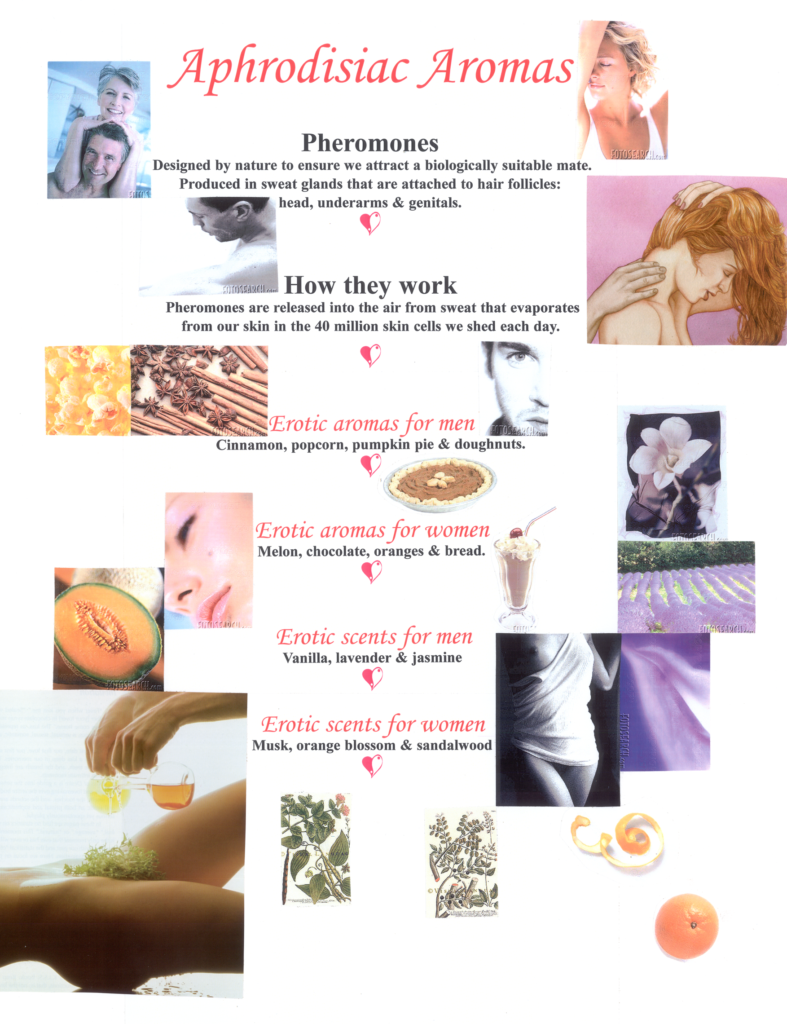 7. Risky Sex Can Boost Your Sex Drive
7. Risky Sex Can Boost Your Sex Drive
Do you know that having sex in risky places can boost your sex drive?
Surprise your lover by making a date to have sex in a new place like the pool, on a secluded beach, in the woods, in the backseat of a car, on a boat, in a store dressing room, in the highest seats at a sports game, in a restaurant restroom, on the kitchen counter or even during a thunderstorm, just so long as it’s exciting and erotic.
If you are in public, be careful not to get caught, as public sex is illegal.
8. Sexy Video Gift Idea
Are you stumped for a perfect gift for your lover this year?
Make a personalized video for your lover to watch of you expressing all the things you love about him/her physically, mentally, emotionally, sexually and even spiritually. You can share your feelings by describing the best day you spent together or reveal some of the fantasies you would like to do with your lover in the future. Believe me, this will be the most memorable gift they get!
9. Sexy Wish Exchange
Exchange your wish list of three things that could heighten a romantic, sensual and sexual experience for you with your lover.
Start by saying, I wish you, I wish we, or I wish I
For Example:
“I wish you would give me one of those sexy massages you do so well.”
“I wish we could have more quickies during the week.”
“I wish I could have my orgasm first while you give me oral.”
Then make each others wishes come true by choosing one wish from each others list right away, make another wish come true within 7 days and make the third wish come true within 30 days.
10. Never Negotiate Naked
I’ve been saying Never Negotiate Naked for years now, but I must have picked it up somewhere along the way in my sexological journey.
When we’re in the heat of the moment – clothes are flying off, kissing, touching, heavy breathing – it’s delicious. Everything is so intense. It has to happen RIGHT NOW or you will burst. It’s also a time when we aren’t thinking very clearly. Which is why it’s helpful to negotiate before the action begins. State your intentions. Talk about your safer-sex practices and preferences. Perhaps a Yes-No-Maybe sort of boundaries and limits discussion. To really reduce the pressure, do this in a completely non-sexual setting. Sure, it might get you all hot & bothered as you talk (That’s great!), but this way you can be as clear-headed as possible while negotiating your play.
11. An Orgasm A Day
Do you know an Orgasm a Day Keeps the Doctor Away?
TO DO: For your optimum health, have sex or masturbate at least 2 times a week! For men, regular orgasms may help prevent prostate cancer and for women, orgasms increase blood flow to their sexual organs keeping them in good working order. Orgasms can also relieve stress, help with a good night’s sleep as a natural tranquilizer and release feel good endorphins that can alleviate pain.
Final Words!
I hope you enjoyed these easy “quickie” tips that you can implement in your relationship and time of the year!









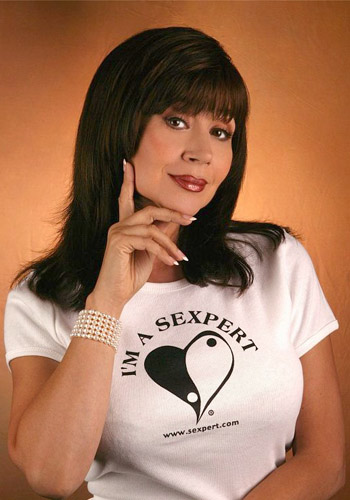 Step One
Step One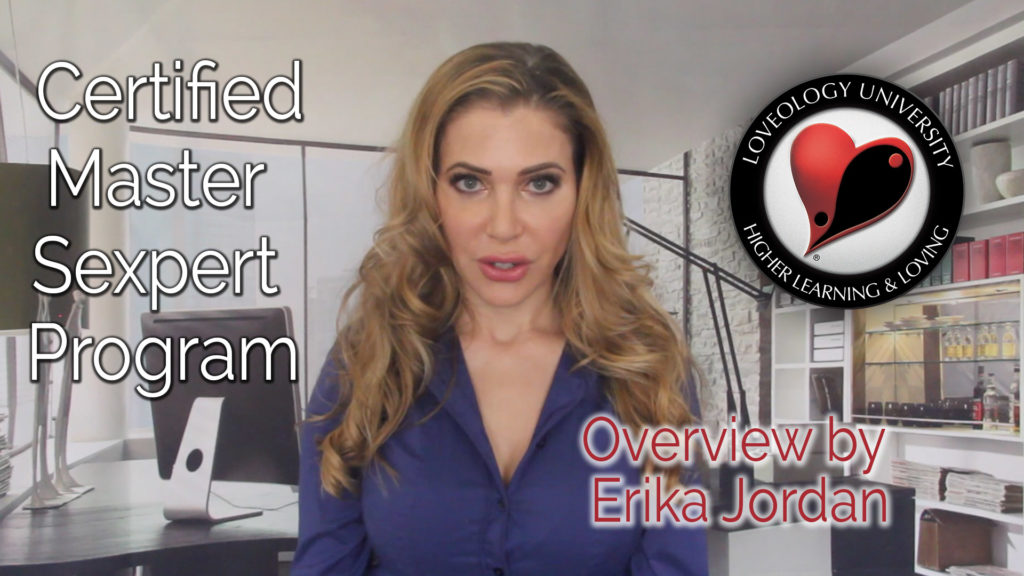 The sky is the limit if you want to be in the public eye, as I experienced with my career. And the good news is that there’s room for all of us. The world needs more love!
The sky is the limit if you want to be in the public eye, as I experienced with my career. And the good news is that there’s room for all of us. The world needs more love!

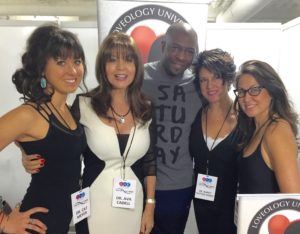
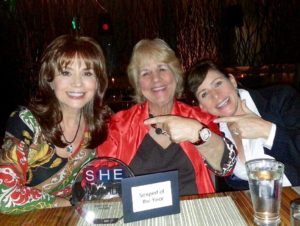
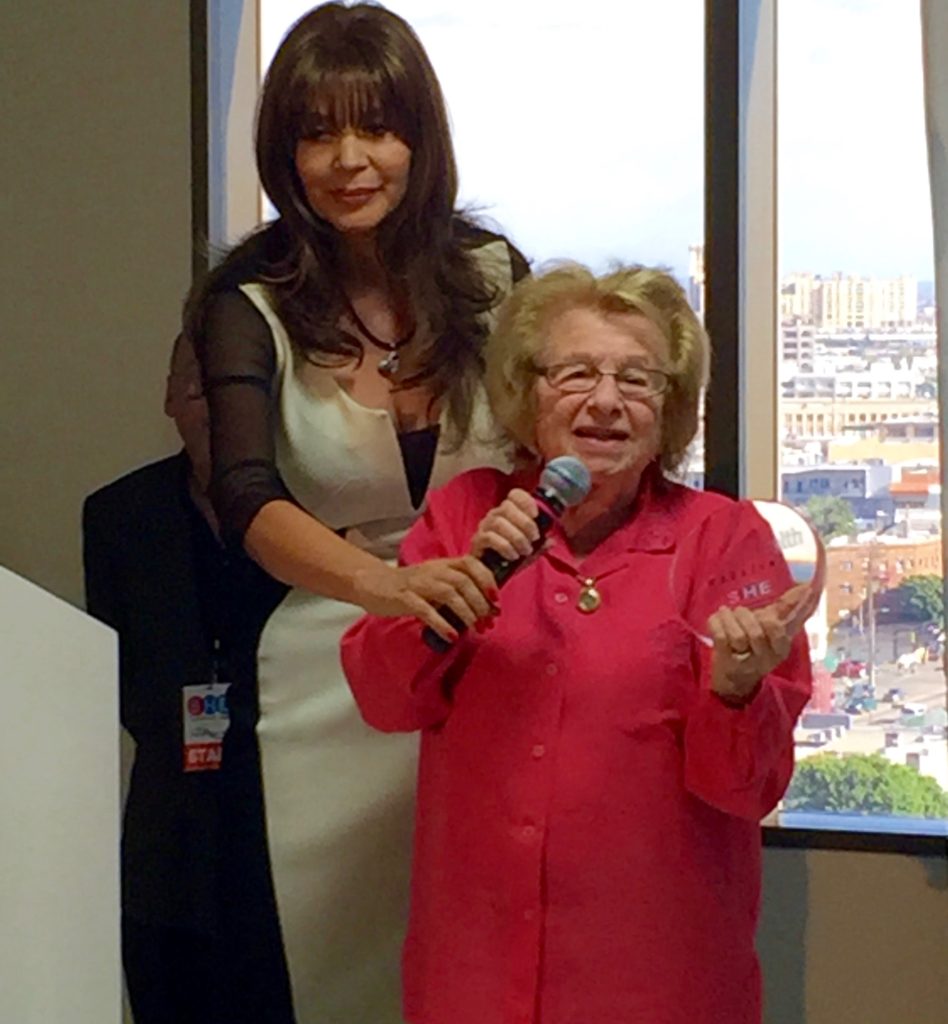 If you’re ready to take the next step in working towards a successful Sexpert career watch Erika Jordan’s video below:
If you’re ready to take the next step in working towards a successful Sexpert career watch Erika Jordan’s video below:
 As with any new year, we often make resolutions to create new practices and healthy habits to follow for the coming year. This year, why not make your love life with your significant other a priority by adding some of my quickie tips as a part of your new year’s sexual wellness practices!
As with any new year, we often make resolutions to create new practices and healthy habits to follow for the coming year. This year, why not make your love life with your significant other a priority by adding some of my quickie tips as a part of your new year’s sexual wellness practices! 7. Risky Sex Can Boost Your Sex Drive
7. Risky Sex Can Boost Your Sex Drive


